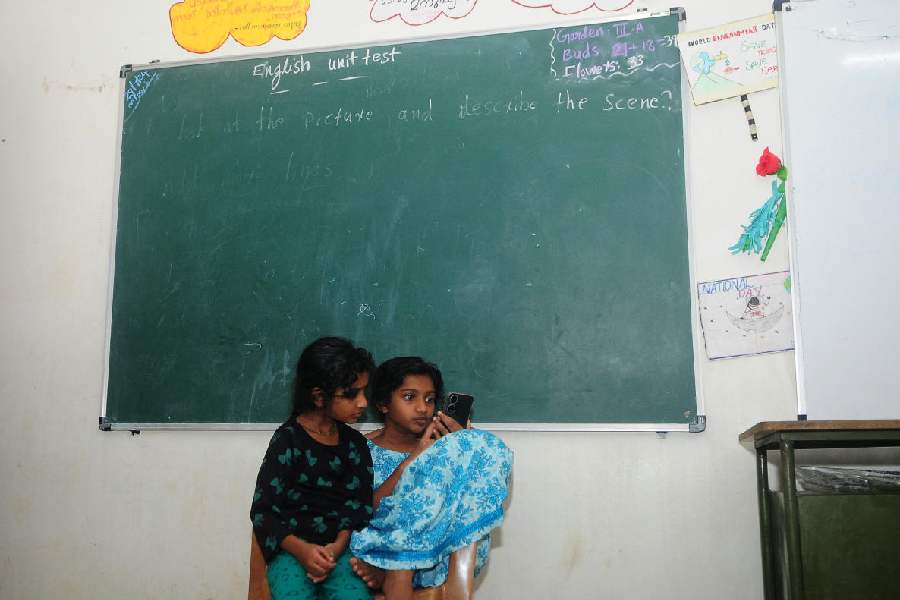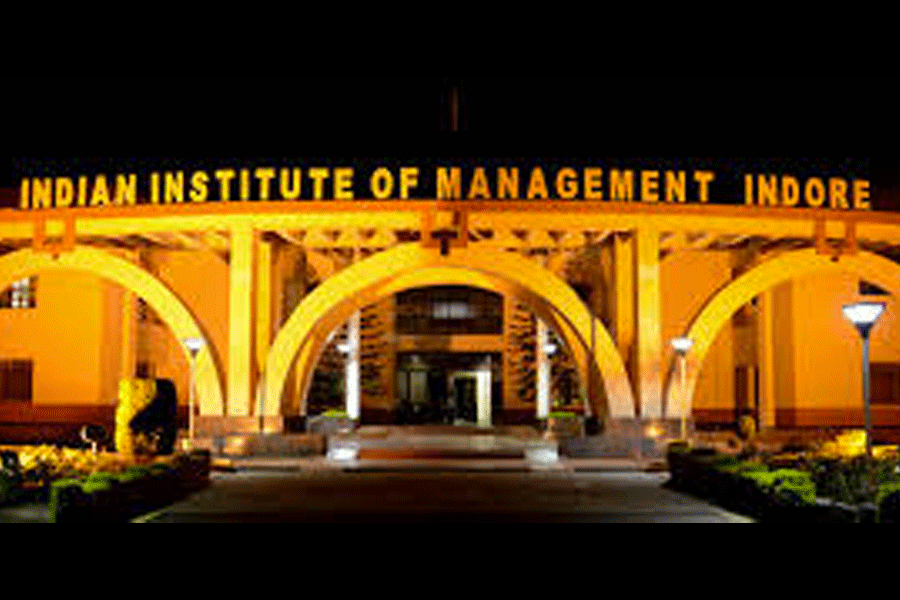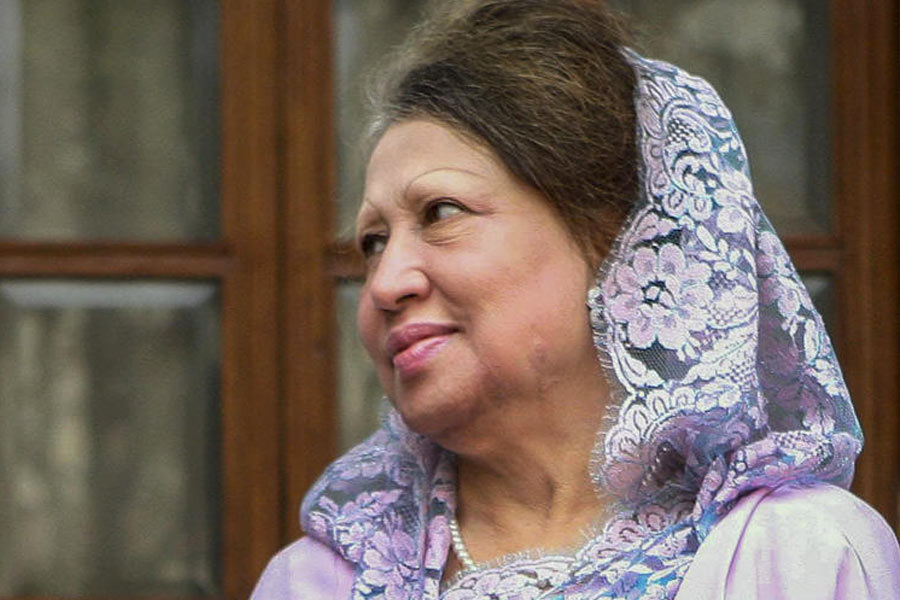Two recent reports show the alarming condition of India’s foundational literacy and numeracy levels. The education ministry’s PARAKH Rashtriya Sarvekshan tested 21,15,022 children of classes III, VI and IX across 74, 229 private and government schools in 36 states and Union Territories. The comparatively better performer was Class III. But even there, only 55% could arrange numbers upwards to 99 and downwards again and 58% could do addition and subtraction of two-digit numbers. But the percentages are reversed in Class VI, where 54% cannot compare whole numbers and read large numbers. The 2025 UNESCO Sustainable Development Goals-4 mentions that India’s average in completion of primary and lower secondary education is better than the South Asia region’s, although in high-income countries this is almost universal. But what is the use of completion if, as the Indian report says, 43% of class VI children in the country cannot grasp the main ideas in texts and 51% have no understanding of local institutions like the panchayat or identify rivers
and mountains?
The SDG-4 report shows that India is worryingly off-track in upper secondary and tertiary education and that 21% of the 15-17 age-group are out of school. The seeds of this are sown in Class IX, as shown in the Indian report. For example, 63% cannot identify simple patterns in numbers or understand fractions or integers. Tasks like finding multiples of 7 or powers of 3 are a struggle as are describing changes in matter or the properties of a magnet; 60% failed to meet the benchmark
in any subject. On the whole, mathematics has the poorest achievement level in all three classes. The urban-rural divide continues, with Classes VI and IX in urban schools being better performers than in rural schools, although in Class III rural schools are better in language and mathematics. The SDG-4 report says India has moved towards gender parity with some other countries in the region, but the Indian survey is still unhappy about the gender gap.
The most important point made by the SDG-4 report is India’s inadequate educational funding. In 2023, it was only 3.1% of the gross domestic product whereas the regional average is 3.4% and the SDG target is 4%. The National Educational Policy 2020 had aimed for 6%. The percentage in high-income countries ranges from 4.8% to 5.5% of GDP. It explains their close to full success in school education benchmarks. Allied to this issue is another foundational problem — the scarcity of properly trained pre-primary teachers in India. So in spite of making primary and lower secondary education almost universal and increasing connectivity, which the SDG-4 report mentions in a positive spirit, the basis of school education in India remains weak. The comparisons in the SDG-4 report are far from reassuring. But the Indian report comes closer to the bone and its rather shocking results urge the necessity of identifying and focusing immediately on the roots of the problems.











